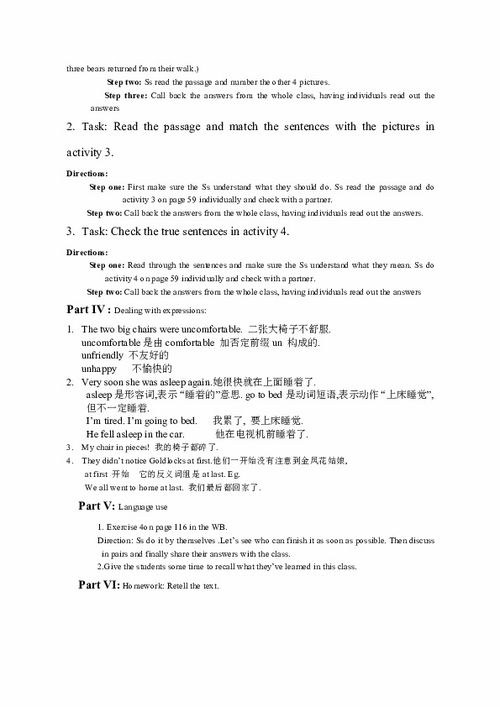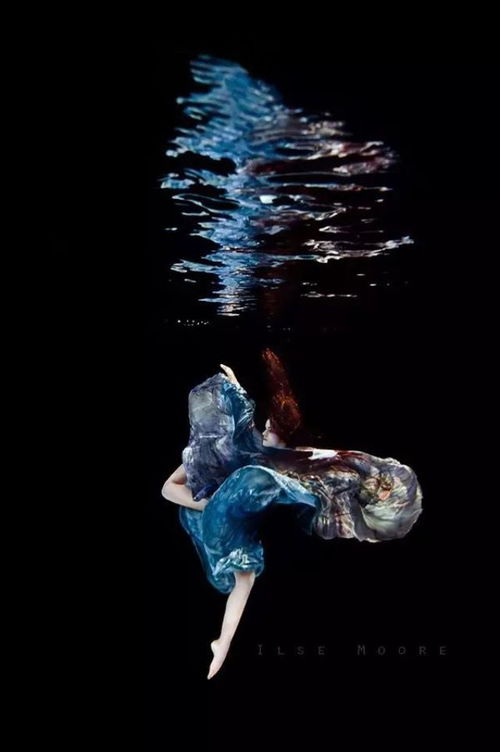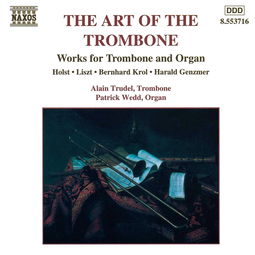Introduction:
Sea rod fishing, often referred to as saltwater fishing, is an exhilarating and rewarding pastime that allows anglers to explore the vast and diverse marine ecosystems. However, mastering the art of sea rod fishing requires patience, practice, and a good understanding of the techniques involved. In this article, we will delve into the essential steps and tips on how to learn and improve your sea rod fishing skills.
Understanding the Basics:
Before you start casting your line into the ocean, it's crucial to have a solid foundation in the basics of sea rod fishing. Here are some key points to consider:
1 Types of Sea Rods:
Sea rods come in various lengths and actions, each designed for specific fishing scenarios. Here are the most common types:
- Spinning Rods: Ideal for light to medium-weight lures and baits, spinning rods are versatile and easy to use.
- Baitcasting Rods: Suitable for heavier lures and baits, baitcasting rods offer more precision and power.
- Surf Casting Rods: Designed for casting from the shore, these rods are longer and stiffer to handle the distance and force of casting.
2 Fishing Line:
The choice of fishing line depends on the type of fish you're targeting and the conditions you're fishing in. Here are the main types:
- Monofilament: The most common type of fishing line, monofilament is flexible and easy to handle.
- Braided Line: Known for its strength and sensitivity, braided line is ideal for heavy-duty fishing.
- Fluorocarbon: This line is nearly invisible underwater and is excellent for fishing in clear water.
3 Baits and Lures:
The type of bait or lure you use will depend on the species of fish you're targeting. Here are some popular options:
- Natural Baits: Such as fish, shrimp, or squid, natural baits can be highly effective.
- Artificial Lures: Including spoons, jigs, and plugs, artificial lures mimic the movement of prey and can attract a wide variety of fish.
Casting Techniques:
Casting is a fundamental skill in sea rod fishing. Here are some tips to improve your casting technique:
1 Grip the Rod Properly:
Hold the rod with a comfortable grip, using your index and middle fingers to control the reel. Keep your thumb on the reel for balance.
2 Load the Reel:
Before casting, ensure that the line is properly loaded onto the reel. This will help you achieve a smooth cast.

3 Wind the Line:
Wind the line evenly onto the reel, ensuring that there are no twists or kinks in the line.
4 The Casting Motion:
Start with a slow, smooth backcast, then follow through with a quick, powerful forward cast. Keep your wrist firm and your arm extended throughout the motion.
Fishing Techniques:
Once you've mastered the casting technique, it's time to focus on the fishing itself. Here are some tips to help you catch more fish:
1 Choose the Right Spot:
Research the best spots for the fish you're targeting. This may include rocky areas, sandbars, or near structures like reefs or piers.
2 Present Your Bait or Lure:
Once you've reached your chosen spot, present your bait or lure in a way that mimics the natural movement of the fish's prey. This may involve twitching, jerking, or letting the bait sink naturally.
3 Be Patient:
Sea rod fishing requires patience. Wait for the fish to bite rather than constantly reeling in your line.
Safety and Etiquette:
Lastly, always prioritize safety and follow good fishing etiquette:
- **Wear appropriate clothing and footwear for the weather and terrain.
- **Use a fish finder or chartplotter to avoid hazards like rocks and reefs.
- **Respect the marine environment and follow local fishing regulations.
- **Practice catch and release if you're not planning to keep the fish you catch.
Conclusion:
Learning how to use sea rod fishing techniques is a journey that requires time and practice. By understanding the basics, mastering casting, and applying effective fishing strategies, you'll be well on your way to becoming a skilled sea rod angler. Remember to always prioritize safety and respect the marine environment. Happy fishing!












